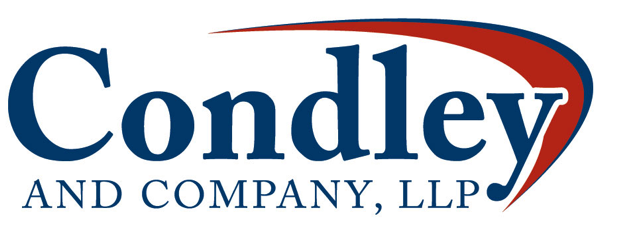
The middle of the year is often a good time to “make hay” for income tax purposes. Here are some popular strategies that may appeal to individuals and small-business owners.
1. Offset capital gains and losses. Currently, the maximum tax rate for long-term capital gains is 15% for most taxpayers and 20% for those in the top regular income tax bracket. For 2014, the top bracket is 39.6%. Also, a 3.8% surtax applies to certain upper-income investors, so the top effective federal tax rate on long-term gains is 23.8% (43.4% on ordinary income). Upshot: Now is a good time to review your situation. Depending on the results, you might harvest tax losses in the next few months to offset gains or vice versa. Remember that capital losses for the year offset capital gains plus up to $3,000 of ordinary income. Any remaining loss is carried over to the next year.
2. Dust off charitable donations. As a general rule, you can deduct the fair market value (FMV) of property you donate to a qualified charitable organization if you have owned the property for more than a year. For example, if you decide to clean out the basement, attic or garage during the warm weather, you might give used clothing and furniture to charity and then claim a deduction. Caveat: The property must be in good condition to qualify. Many organizations provide guidelines for establishing FMV of used property.
3. Assess business property purchases. Under Section 179 of the tax code, you can currently deduct the cost of qualified business property placed in service during the year. The maximum deduction allowed for 2013 was $500,000, subject to a phaseout for acquisitions above $2 million; plus, you might have claimed a 50% bonus depreciation deduction for the same property. However, if Congress does not act again, the maximum deduction allowed for property placed in service in 2014 is only $25,000, subject to a $200,000 phaseout limit, and bonus depreciation generally is not available. At this point, it seems best to adopt a “wait-and-see” attitude until the limits are firmly established.
4. Schedule summer business trips. When you travel away from home on business, you may deduct your travel expenses—including airfare, lodging and 50% of the cost of meals—if the primary purpose of the trip is business-related. But the number of days spent on business vs pleasure is crucial, so be careful as to how you allocate your time. Note: If your spouse accompanies you on the trip, his or her expenses are generally not deductible, but you can still deduct what it would have cost you to travel alone if that is more than half the cost.
5. Enjoy some business entertainment. Although country club dues are not deductible, a small-business owner who entertains clients on the golf course or on the tennis courts may still claim top-dollar write-offs for certain expenses. For instance, if you treat a client to a round of golf before or after a “substantial business discussion,” you can deduct 50% of the fees, club rentals, and your meals and drinks afterwards. Note: If the client is from out-of-town, the business discussion can take place either the day before or after the golf outing.
6. Sell real estate on installment sale basis. Generally, you can defer tax on the sale of real estate if you receive payments over a period of two years or longer. Not only do you stretch out the tax liability over time but you might also reduce the effective tax rate if you stay below the thresholds for capital gains and the 3.8% surtax (see number 1). Finally, you are more likely to consummate the deal if you do not insist on receiving full payment up-front.
7. Contribute to retirement plans. You might reduce your 2014 tax liability by systematically increasing contributions to a 401(k) plan at your place of business. For 2014, you can elect to defer as much as $17,500 to your account or $23,000 if you are age 50 or older. Another idea is to contribute to a Roth IRA where qualified distributions will be tax-free. If you convert funds in a traditional IRA to a Roth, the transfer is currently taxable, but the future benefits may be worth it. Consult your tax and financial advisers.
8. Split income with the family. When it otherwise makes sense, you can transfer income-producing property such as securities or real estate from the highly taxed older generation to the lower-taxed younger generation. This not only reduces the regular income tax bill but it might avoid or reduce the 3.8% surtax for investors. Furthermore, taxpayers in the lowest two income tax brackets of 10% and 15% can benefit from a 0% tax rate on long-term capital gains. Caveat: Watch out for the “kiddie tax” that may apply if the unearned income of certain dependent children exceeds $2,000 in 2014.
9. Sidestep estimated tax problems. To avoid penalties for tax underpayments, you must pay enough tax during the year through any combination of withholding and quarterly estimated tax payments. The tax law provides two popular safe harbor methods: You will not be assessed a penalty if you pay at least 90% of your current tax liability or 100% of the previous year’s tax liability (110% if your adjusted gross income was more than $150,000). Another safe harbor method is based on “annualized income” for seasonal employees. Based on a midyear analysis, you might increase withholding to qualify under one of the safe harbor methods.
These are just several tax-saving ideas to contemplate around the middle of the year. Others are available for the taking. Arrange a meeting with your tax advisers to work out the details of a plan that is appropriate for your particular situation.
